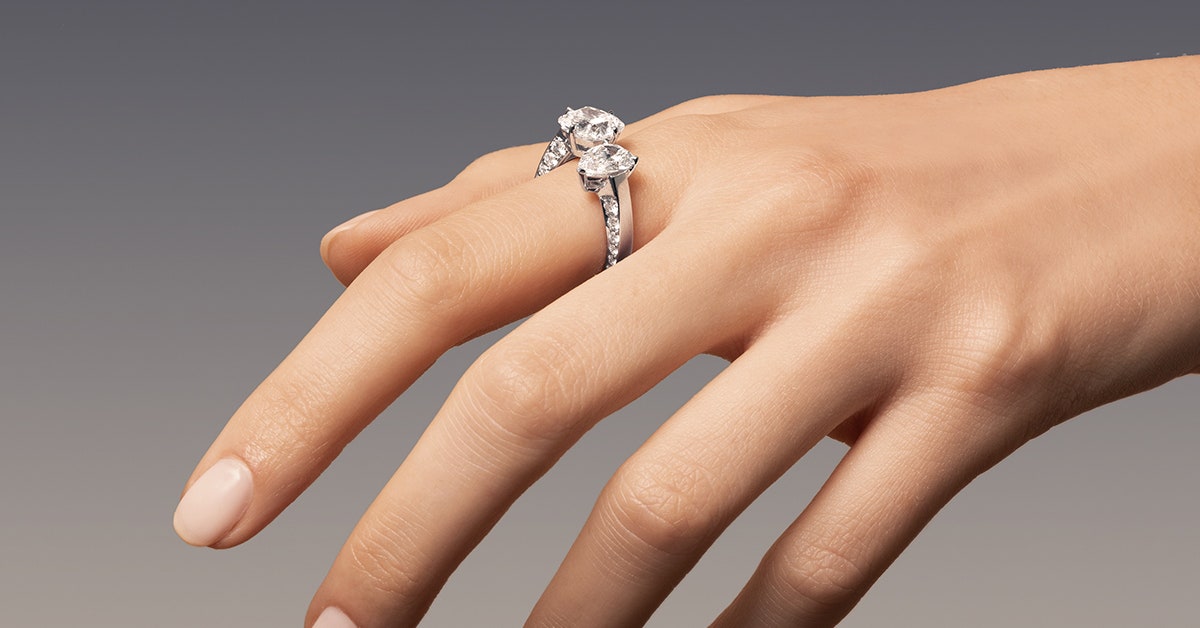
Since their widespread introduction to the market almost a decade in the past, lab-grown diamonds have carved out a considerable slice of the market. Business analyst Paul Zimnisky recently told the news agency AFP that lab-grown stones accounted for 18.5 p.c of diamond gross sales in 2023 and would exceed 20 p.c this yr. Maybe this isn’t stunning now that scientists can grow diamonds in just 150 minutes—sooner than you may watch Oppenheimer.
Within the US, lab-grown diamonds have been forecast to surpass pure stones by way of models bought by the beginning of 2024. But on the similar time, their values have plummeted: the per-carat worth caved nearly 90 p.c within the 5 years to 2023, in keeping with analyst Edahn Golan.
De Beers, which fiercely resisted the introduction of lab-grown stones however finally launched its personal vary known as Lightbox, slashed prices in May 2024 earlier than saying that it was closing down its lab-grown client vary completely in June, after six years, stating that the economics of lab-grown diamonds for jewellery have been not sustainable.
Certainly, the proliferation of lab-grown diamonds in worth factors that De Beers doesn’t prefer to entertain maybe underlines the model’s determination to double down on costly mined gems. Pandora not too long ago launched a marketing campaign, fronted by Pamela Anderson, showcasing its lab-grown diamond assortment items beginning at less than $300.
Nevertheless, a lab-grown diamond can tackle shapes not normally potential from mined stones—one thing watchmaker TAG Heuer has exploited to nice impact with its Carrera Plasma one-off designs. They’re predictable, constant, and untroubled by the moral and environmental points that plague conventional diamond mining.
Their inflow has, anecdotally not less than, contributed to a rise in engagement-ring diamond sizes throughout the board, because the bigger sizes made potential by machine has compelled these procuring pure stones to boost their carat sport. However they’ve a PR drawback: Regardless of providing vastly improved worth and a lot better eco credentials, in the event that they grow to be too low cost, lab-grown diamonds will lose their sparkle amongst patrons who wish to know {that a} image of affection got here at a significant value.
Now, lab-grown diamond jewelers are pivoting to a extra premium mannequin, in search of to determine differentiation inside the lab-grown market and enchantment to prospects’ higher nature in addition to their magpie instincts. And, for some, it is working.






